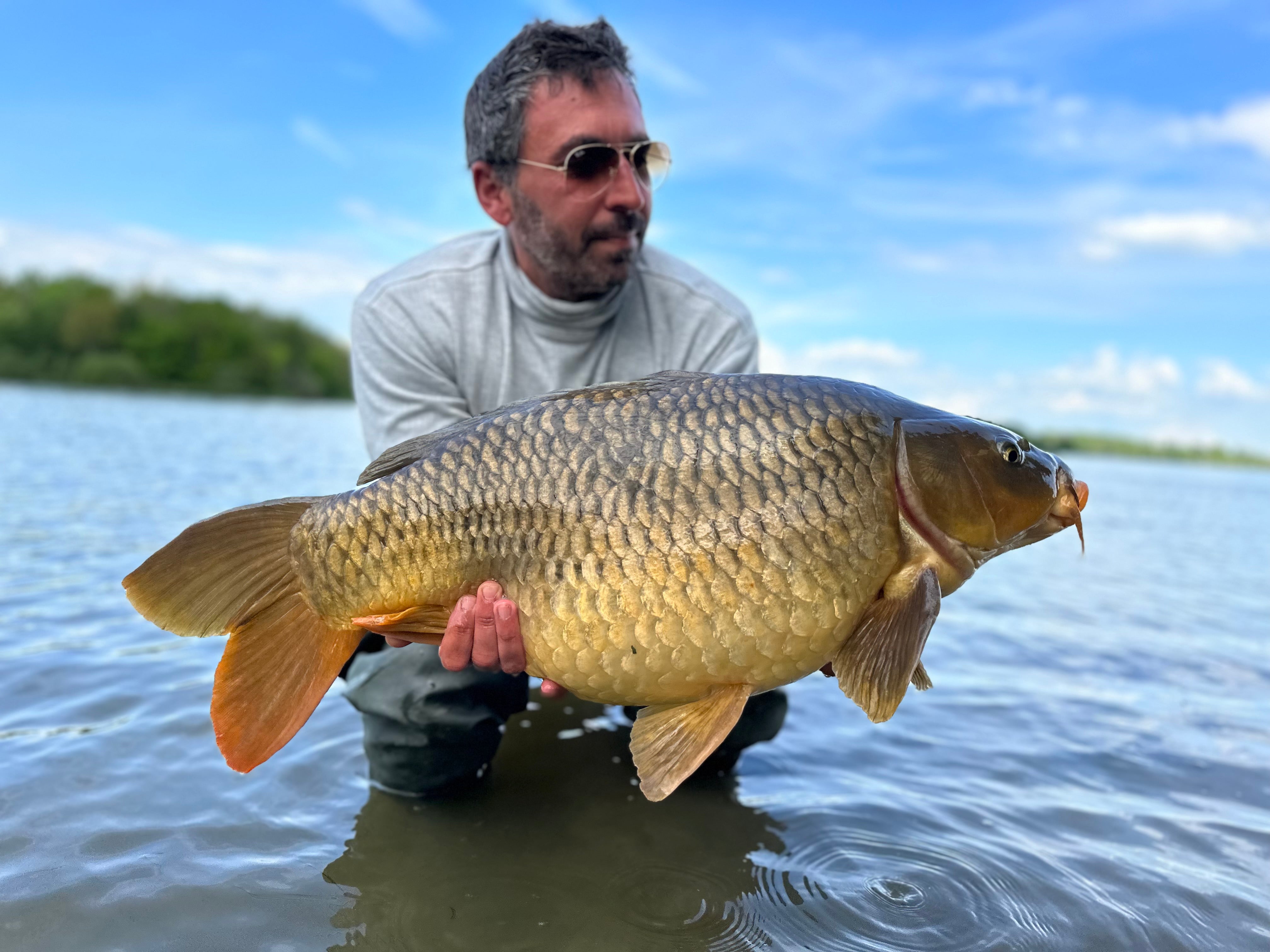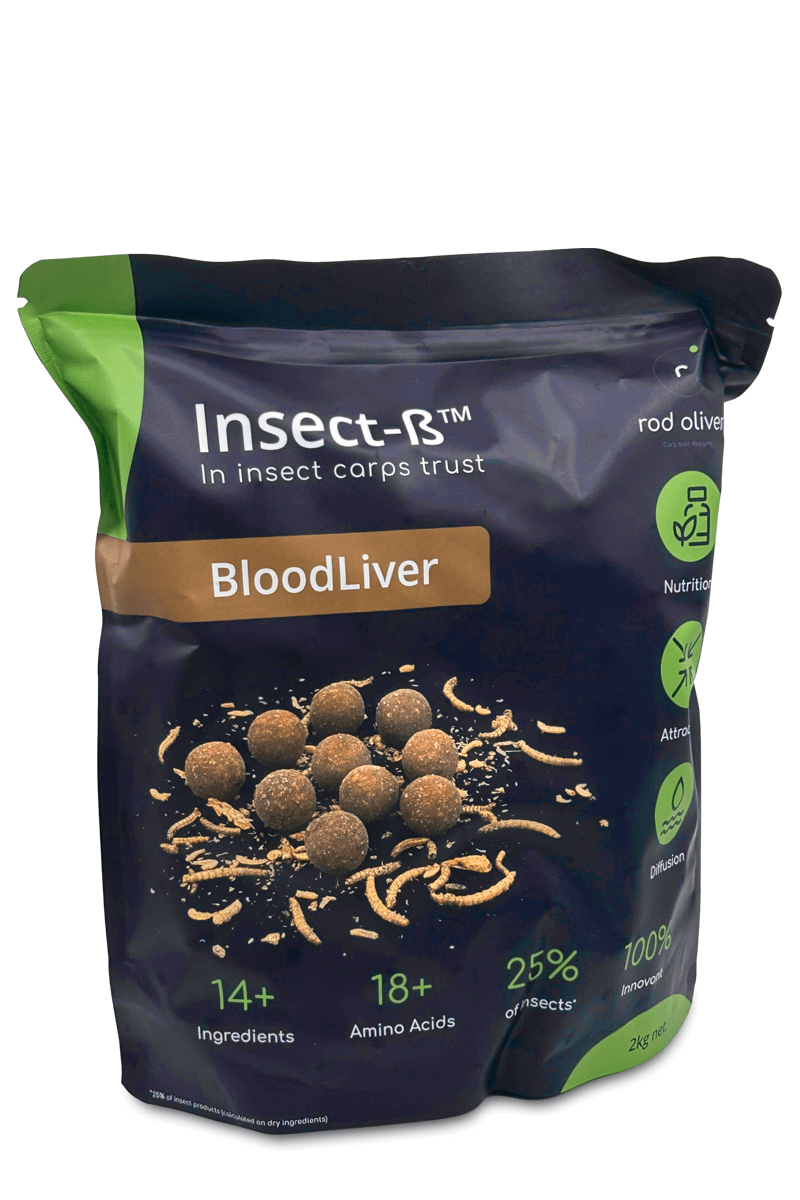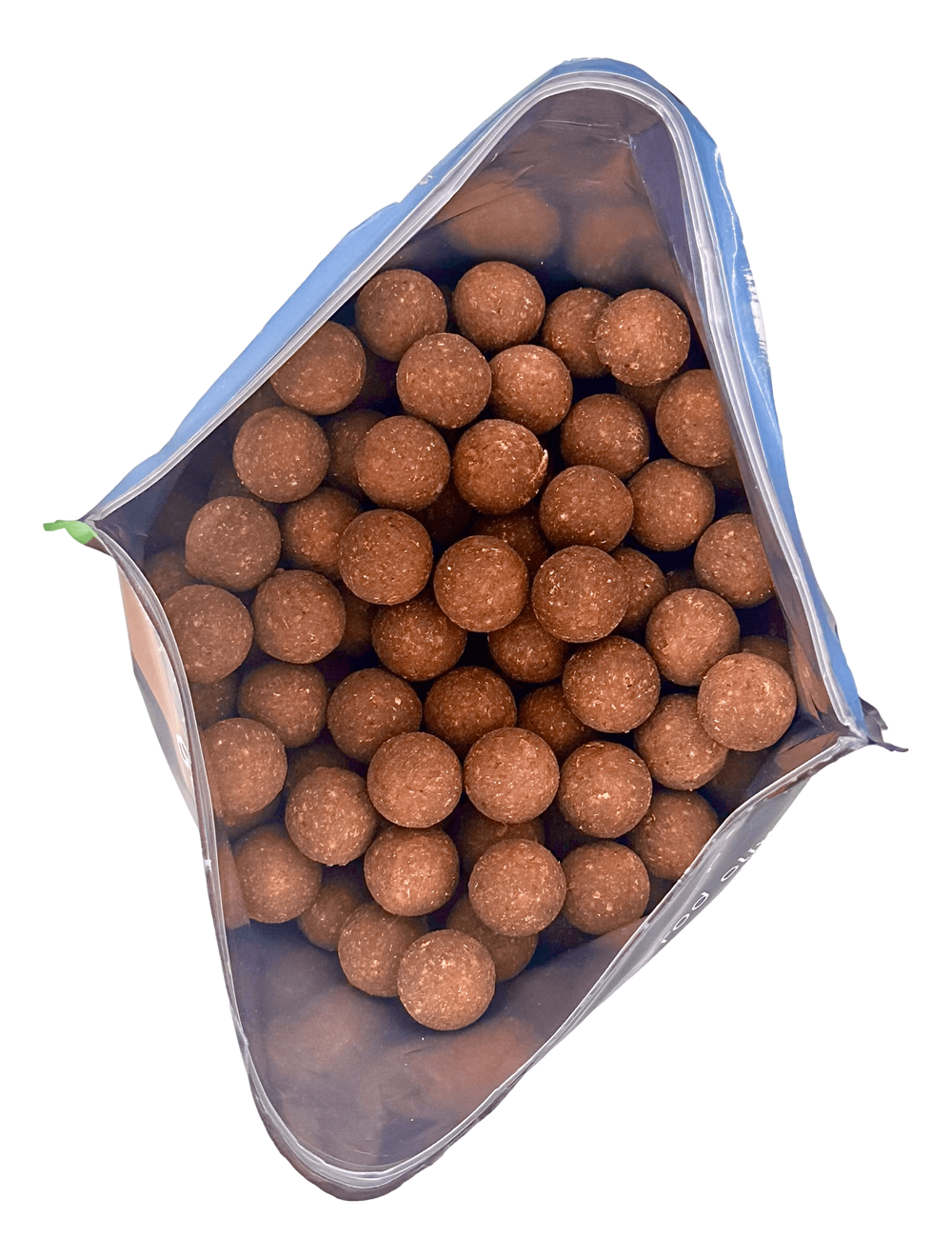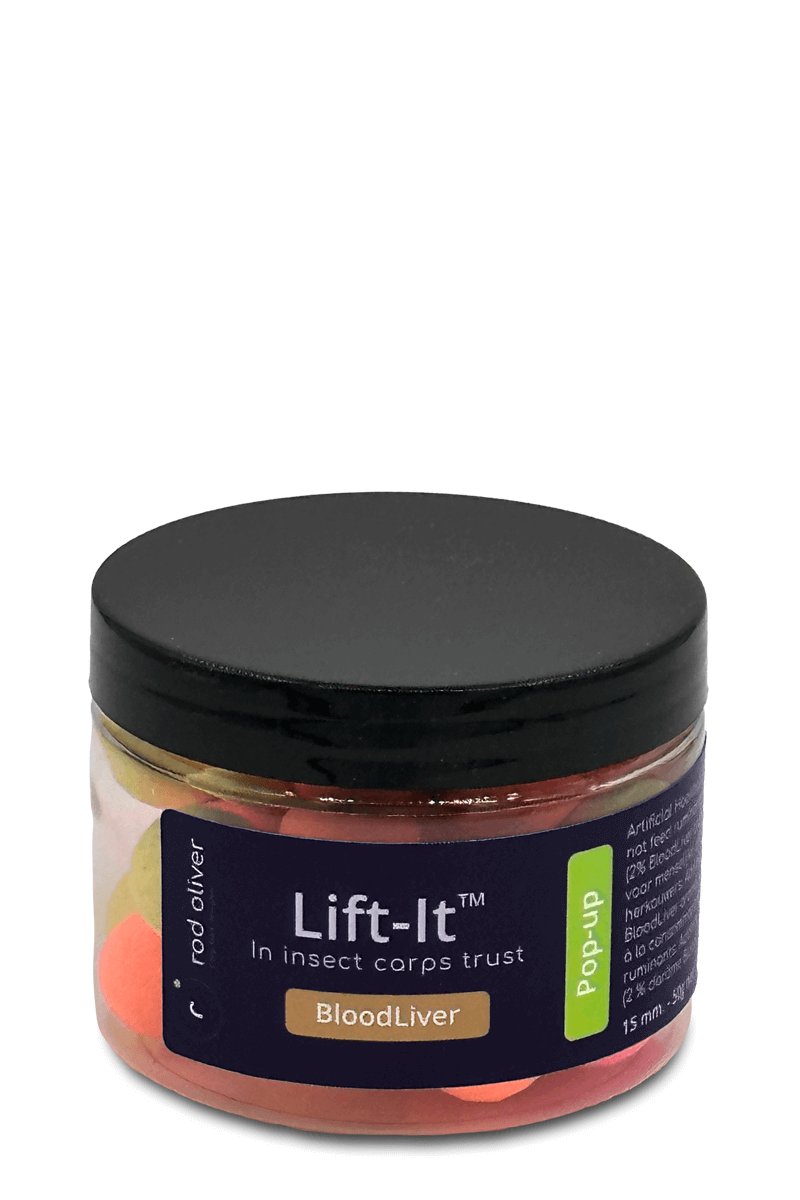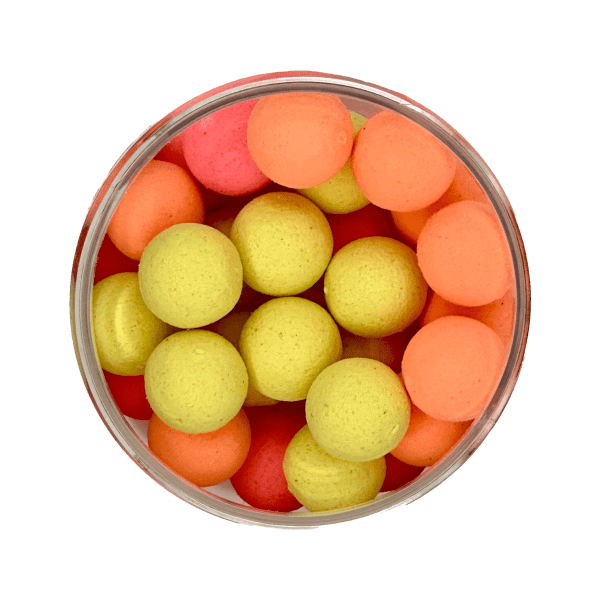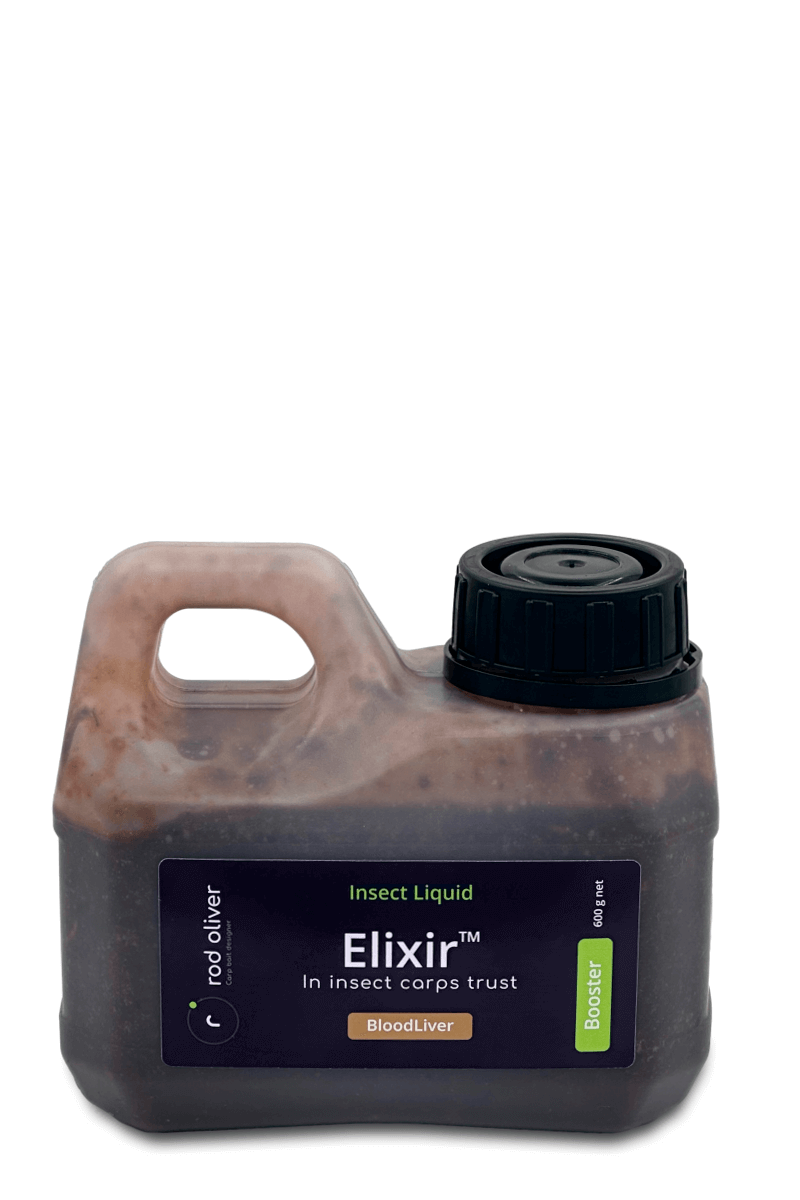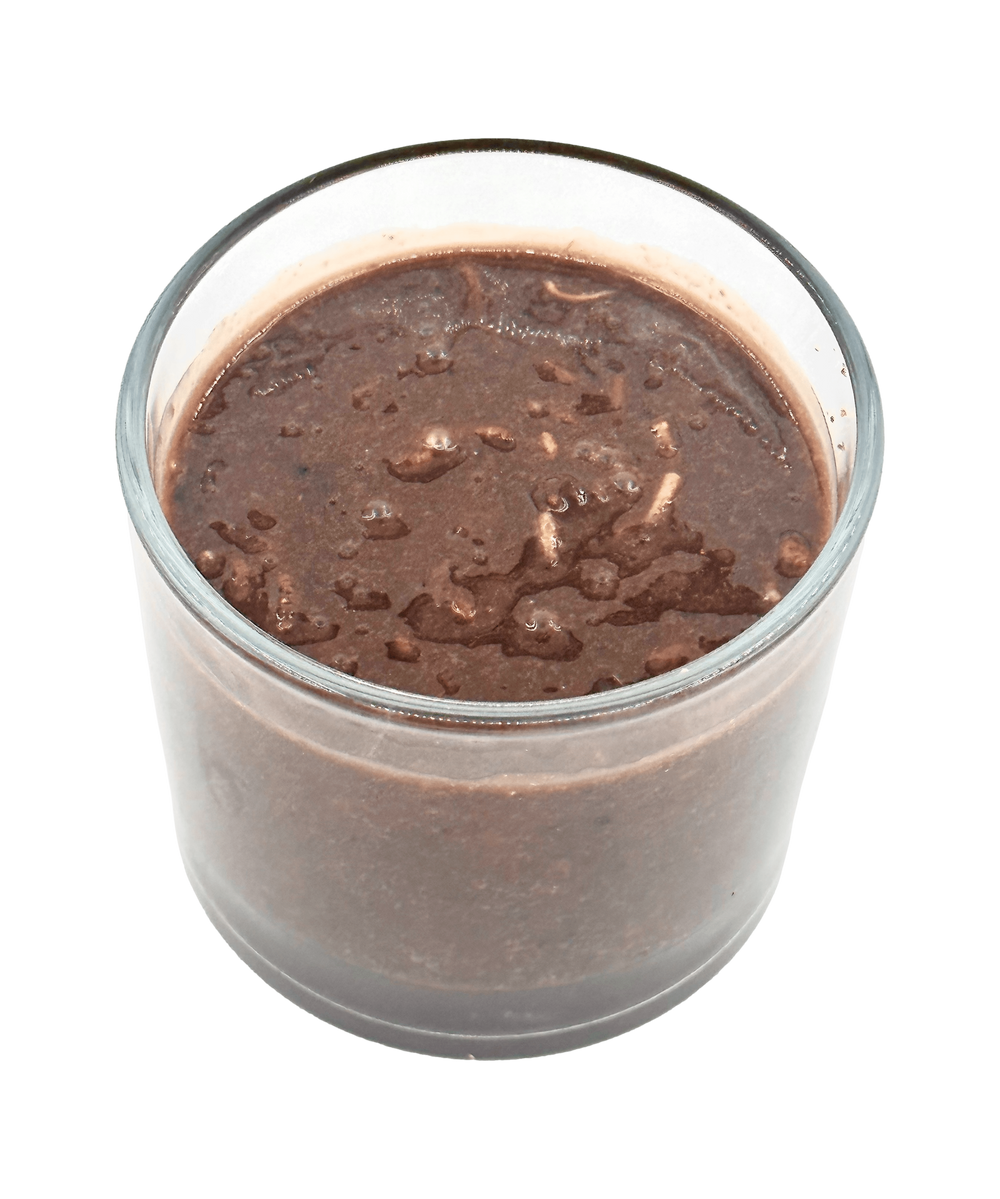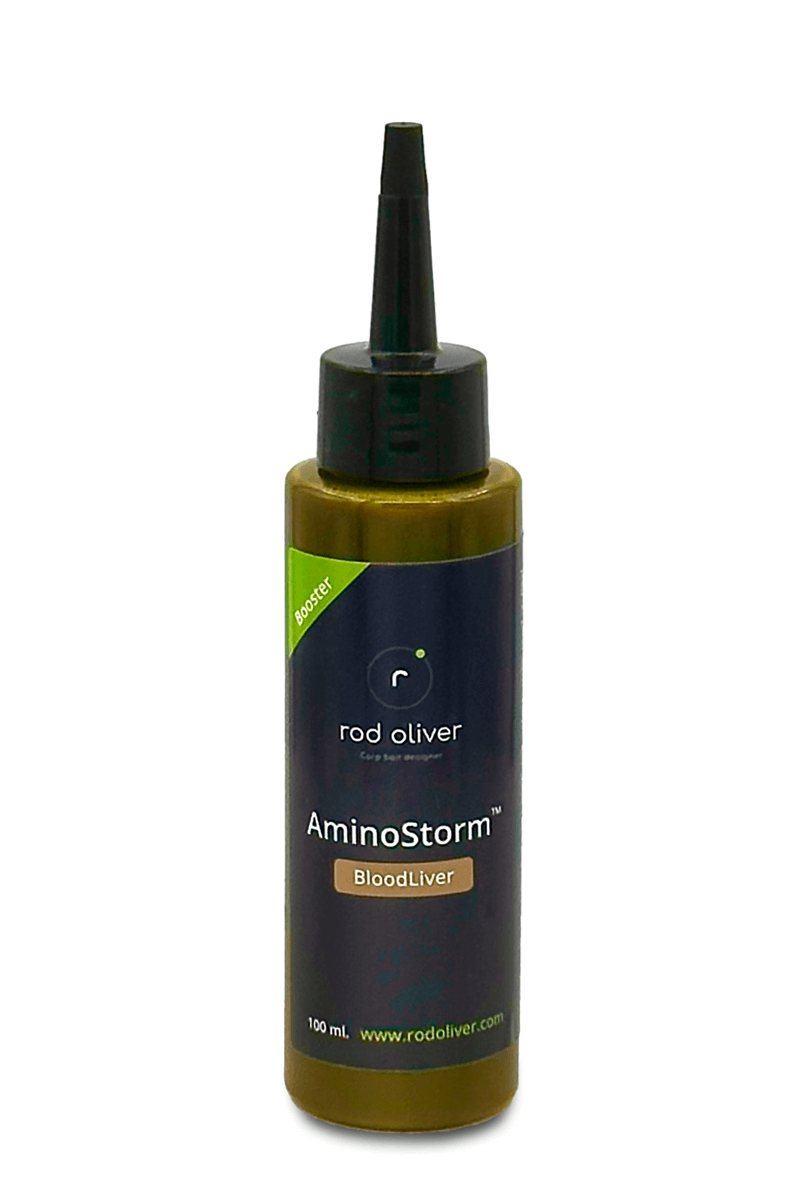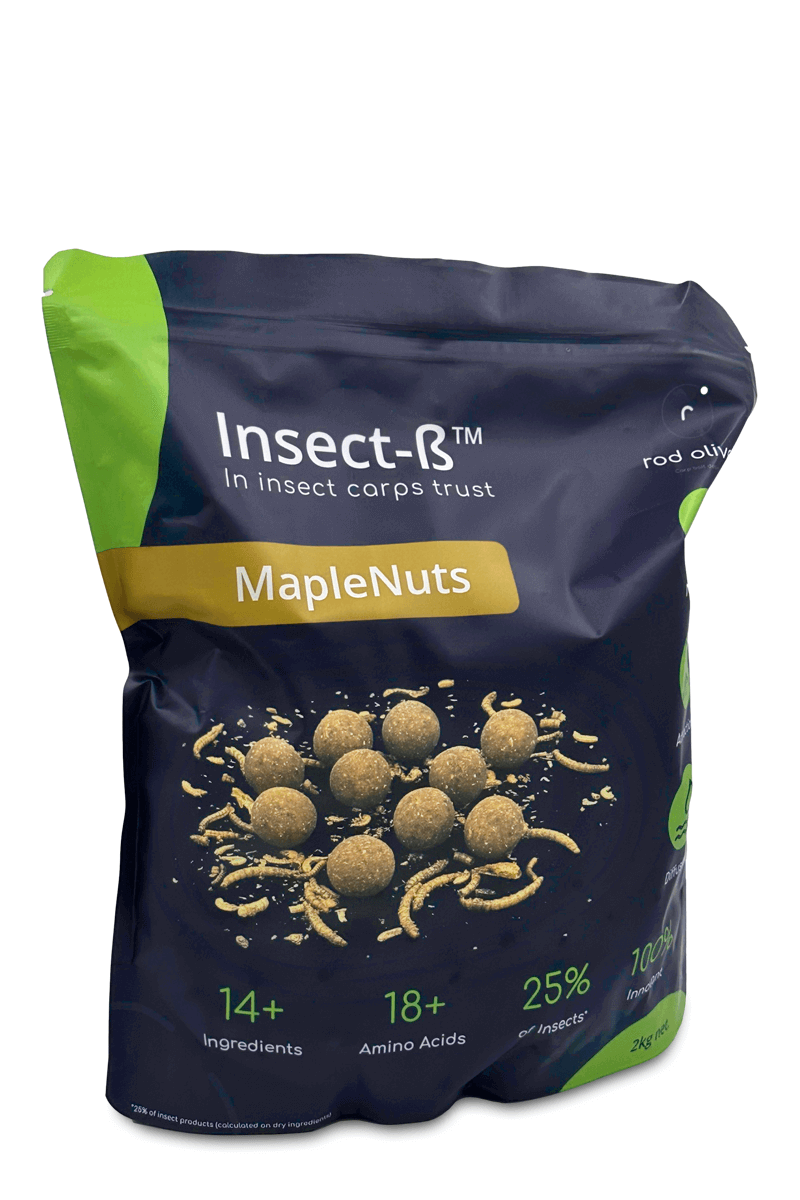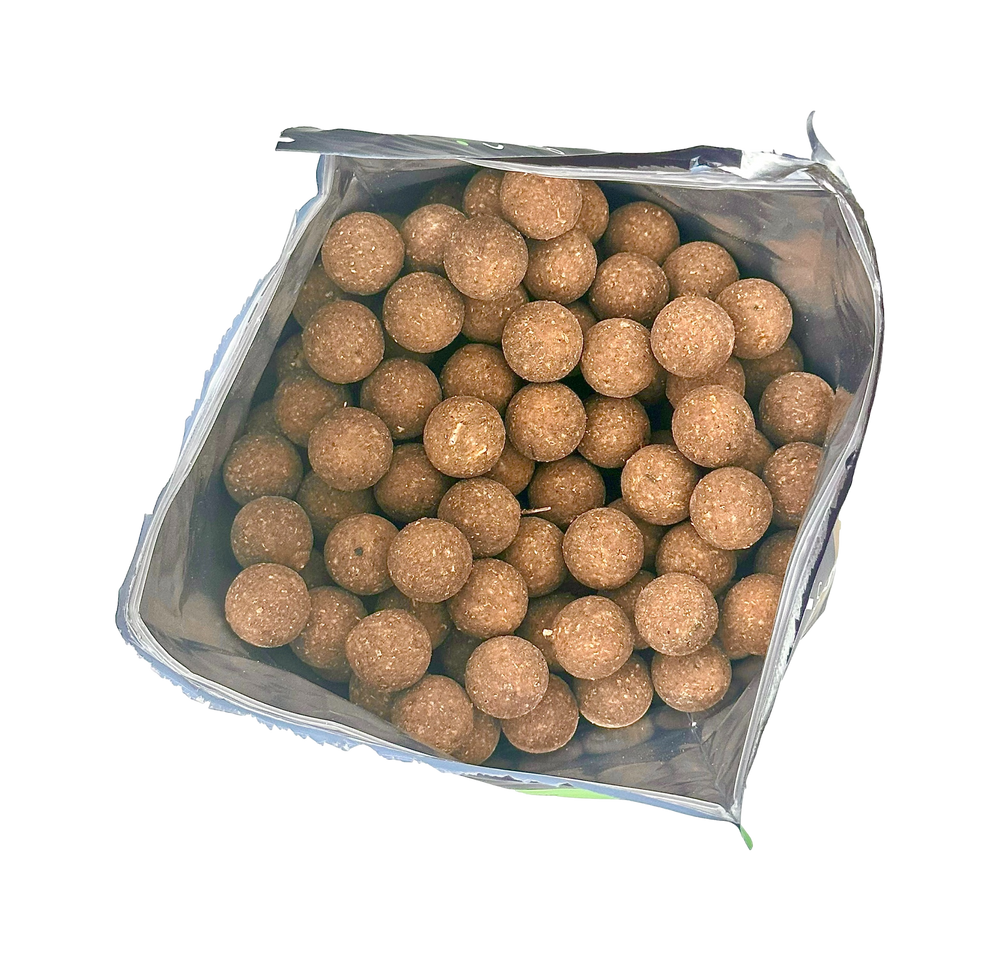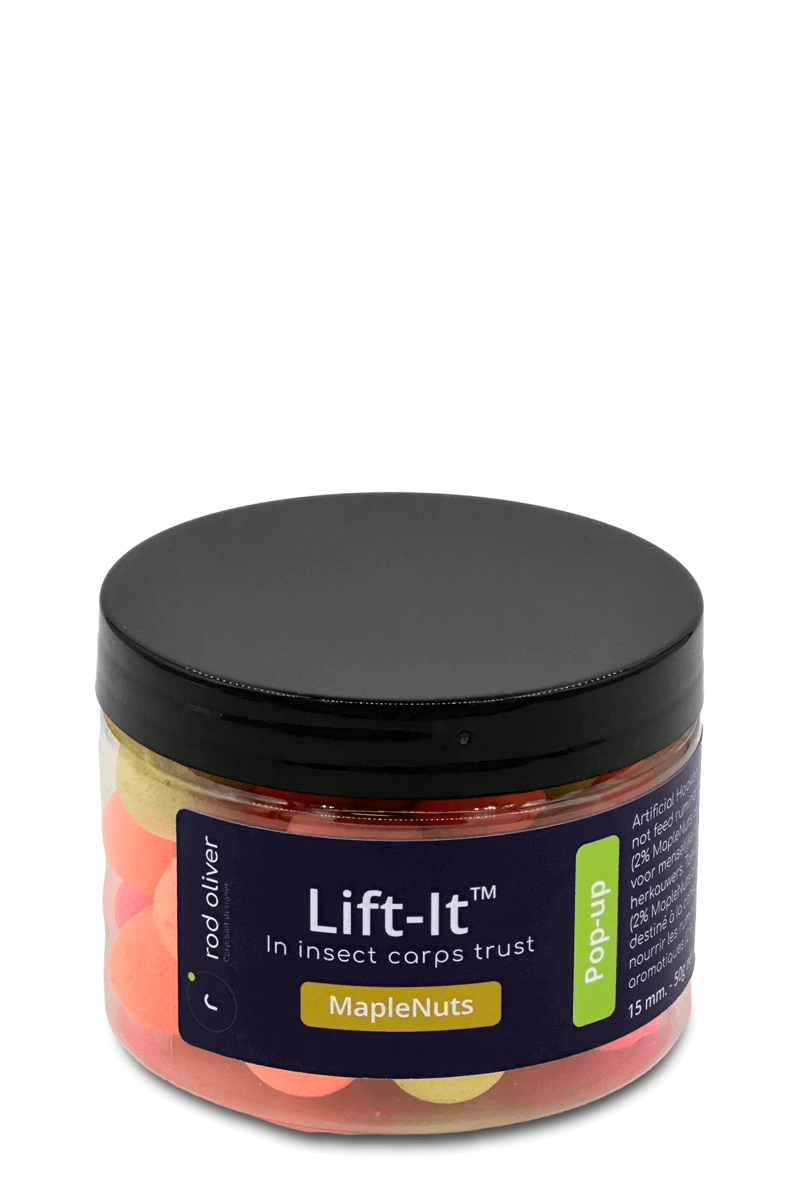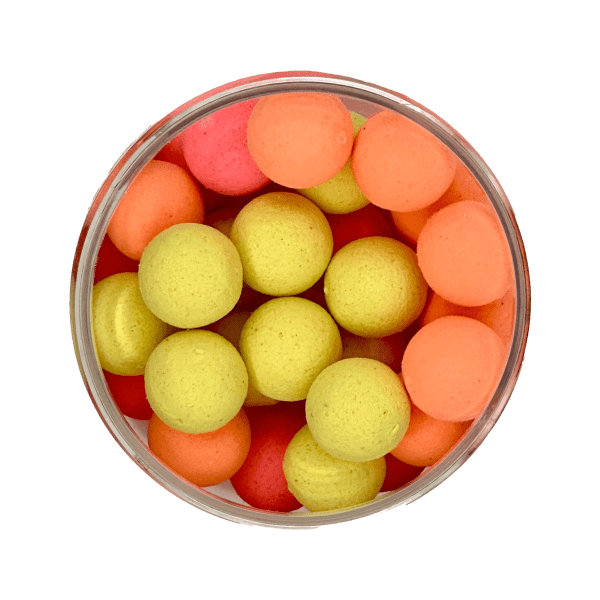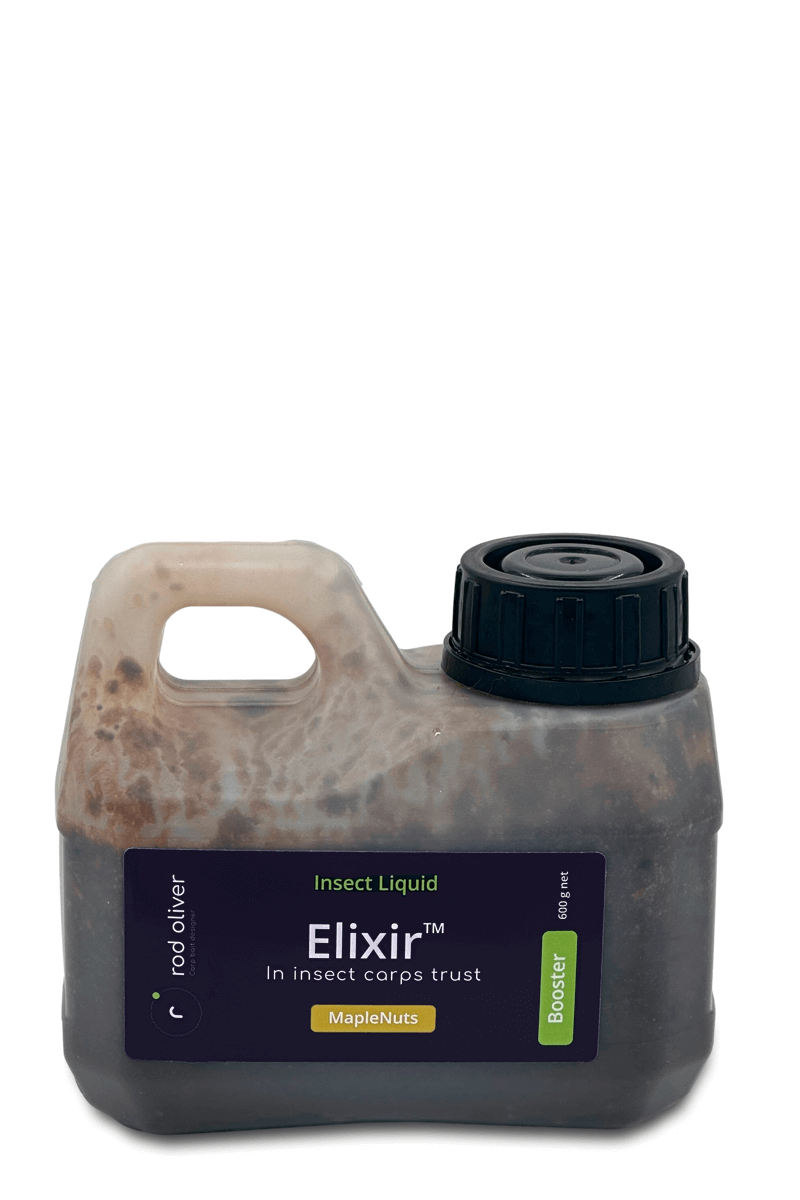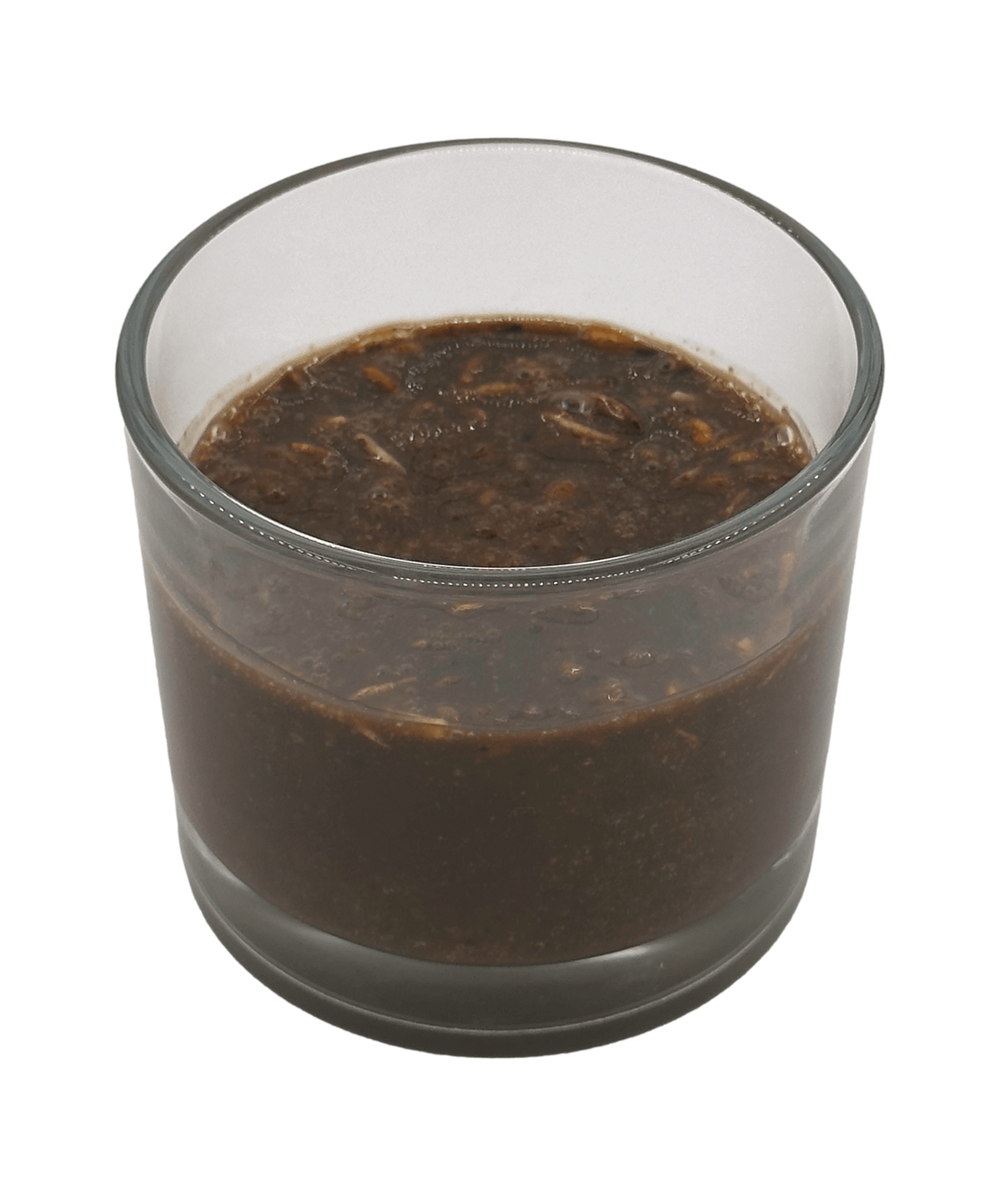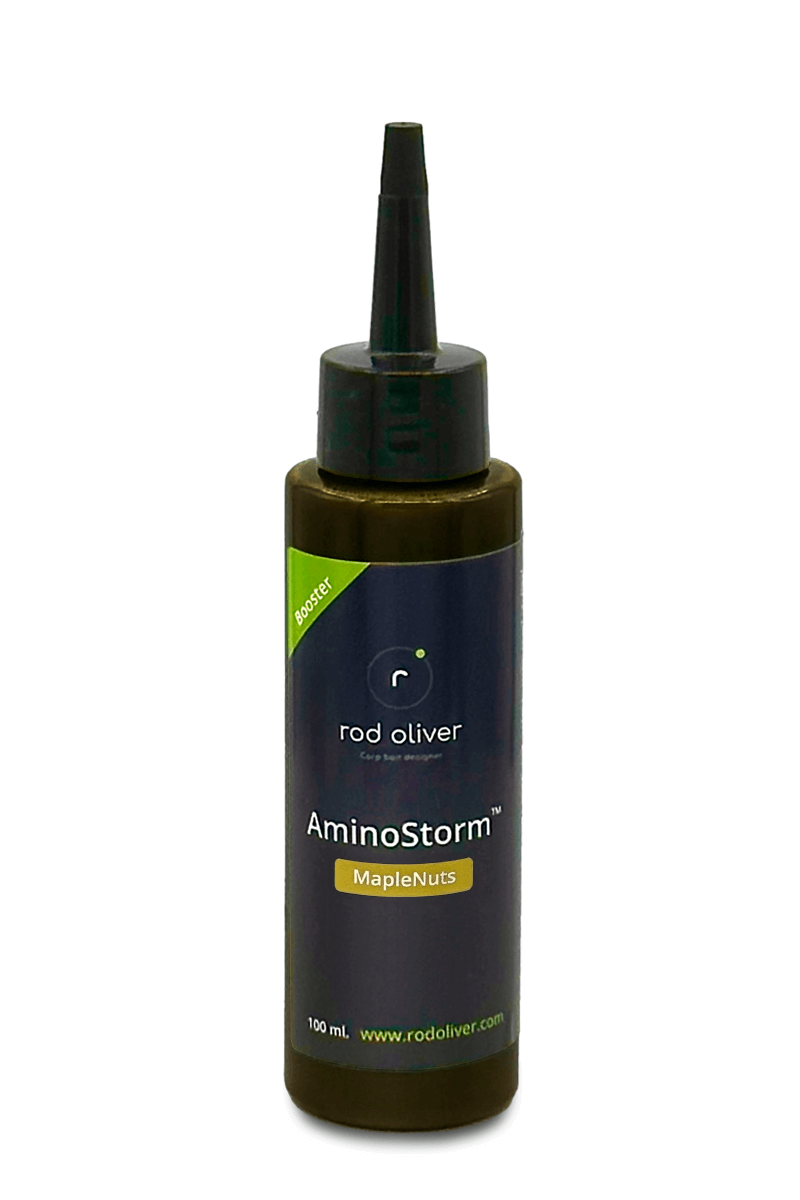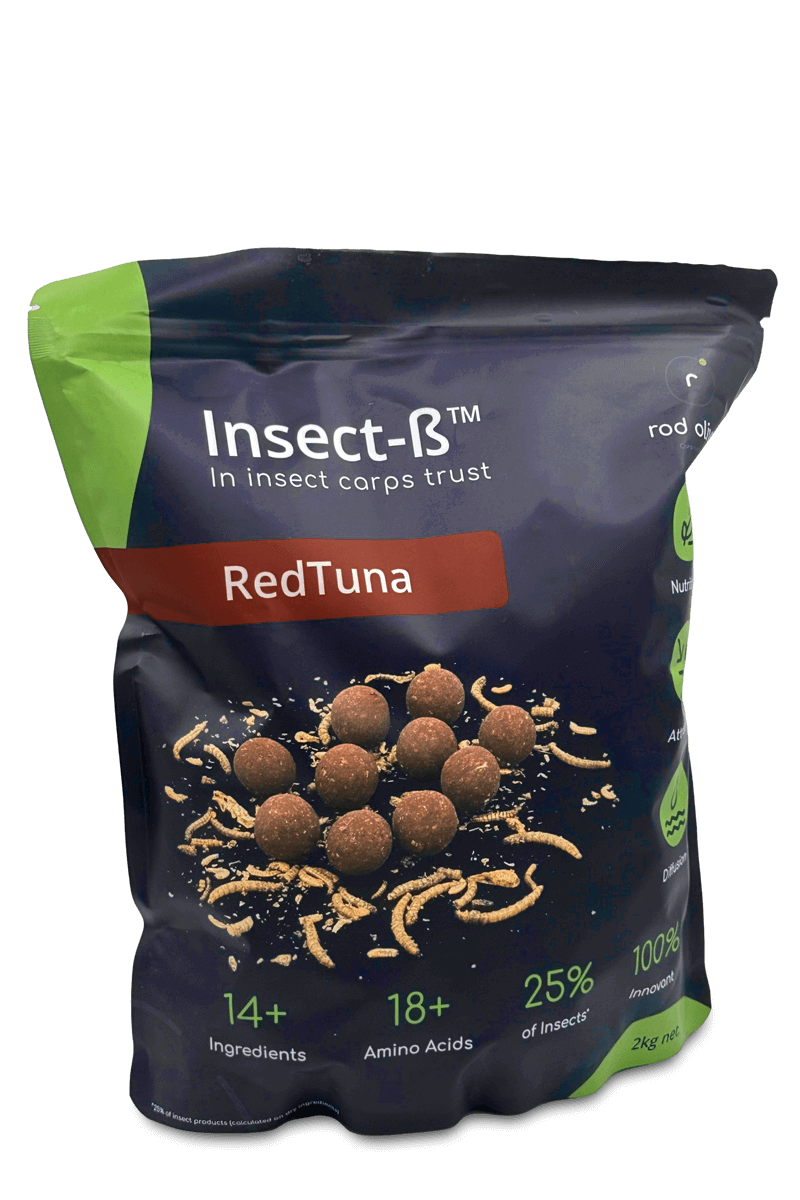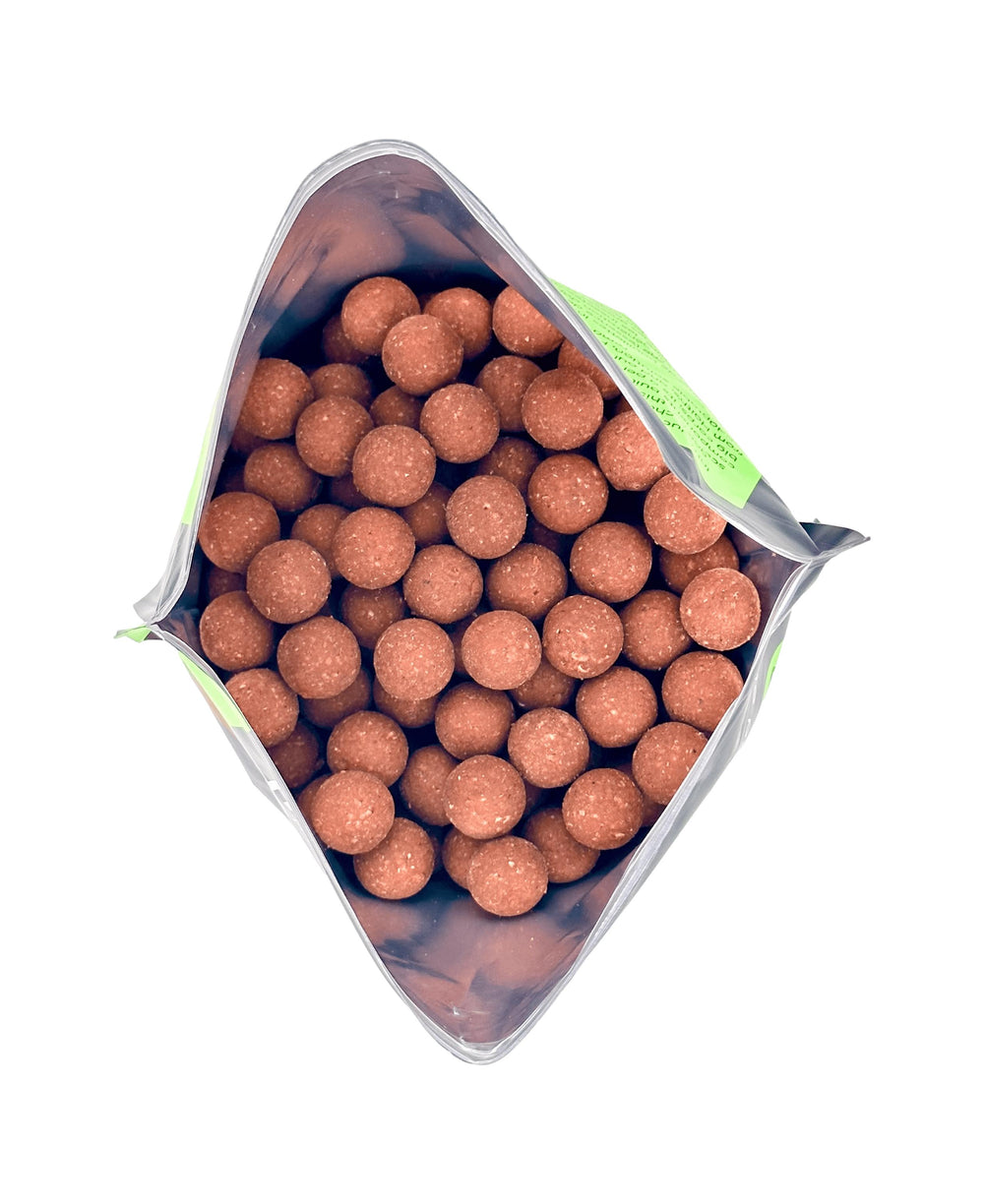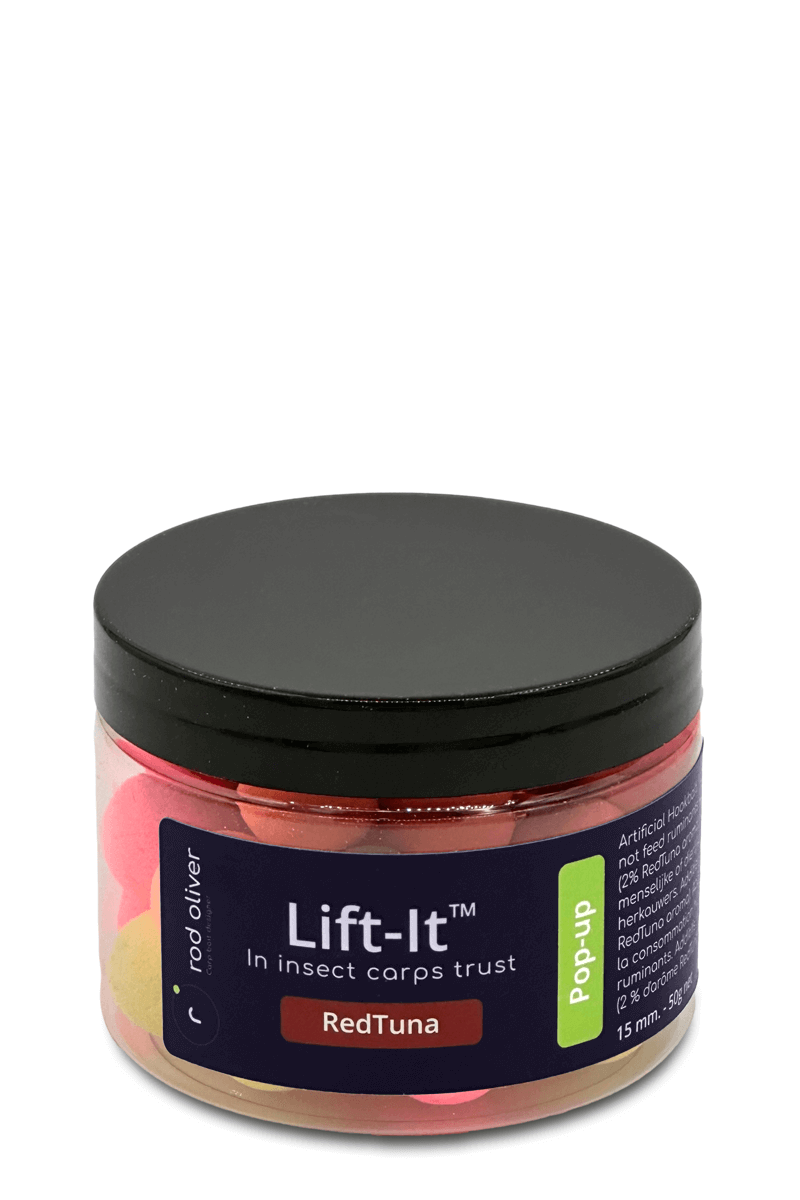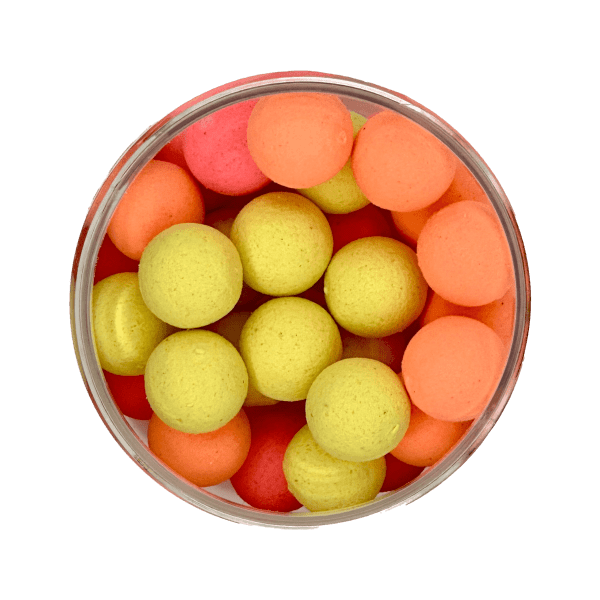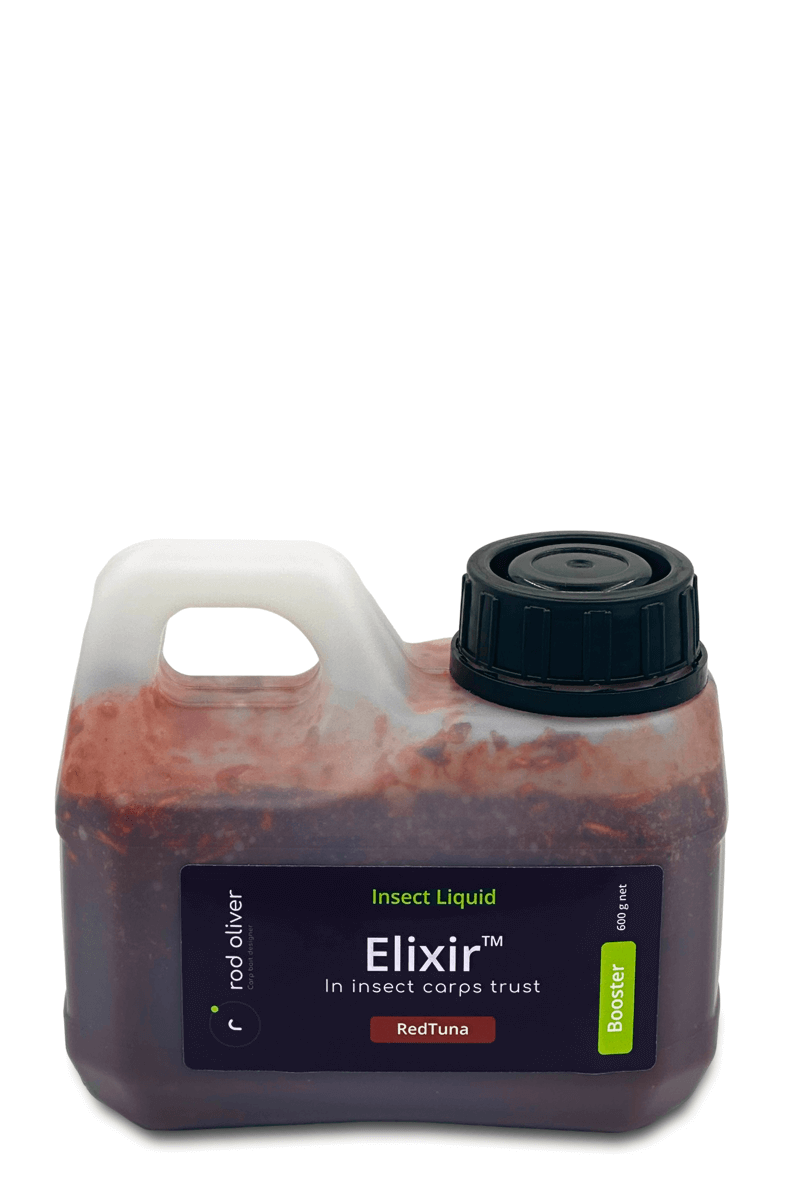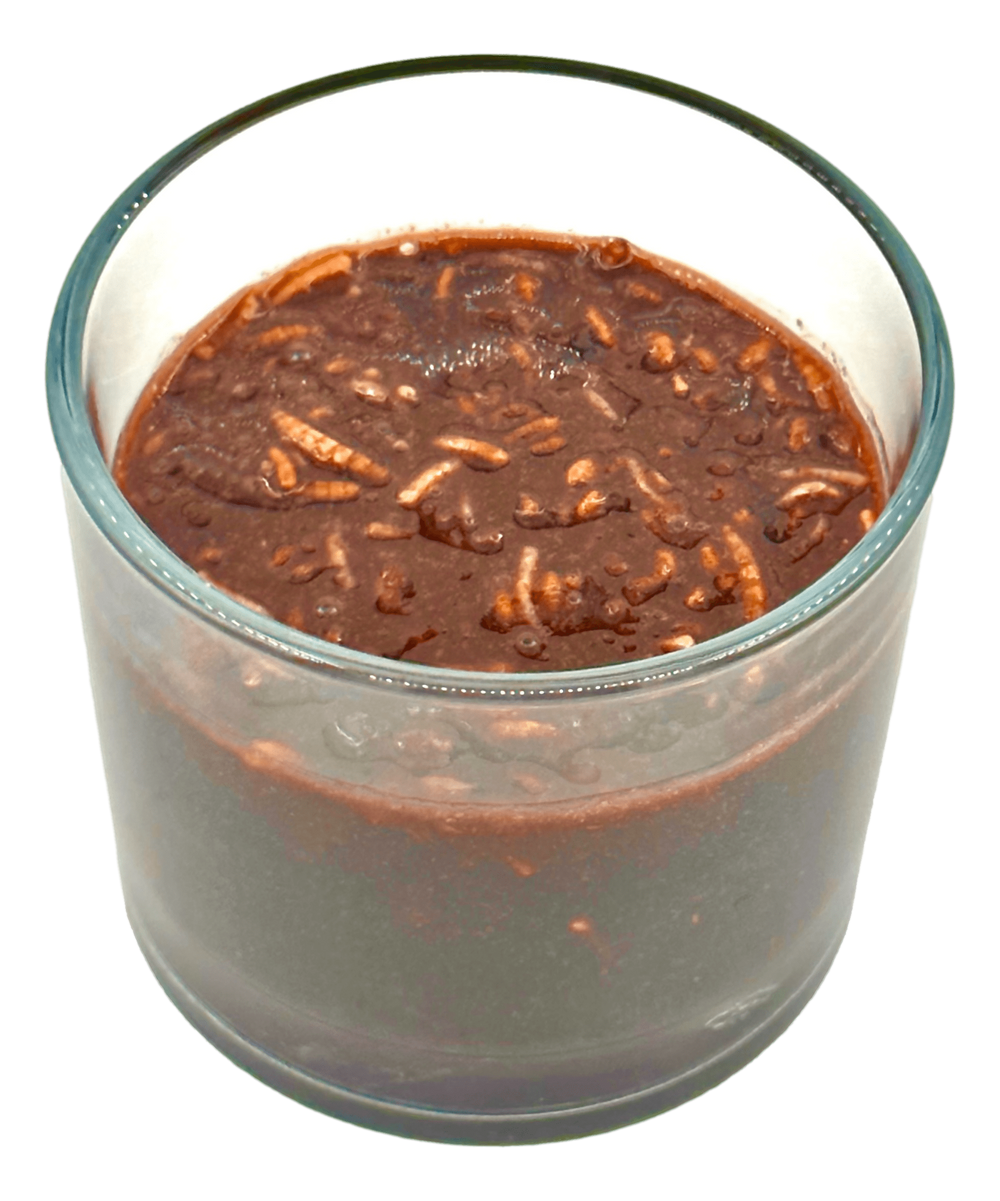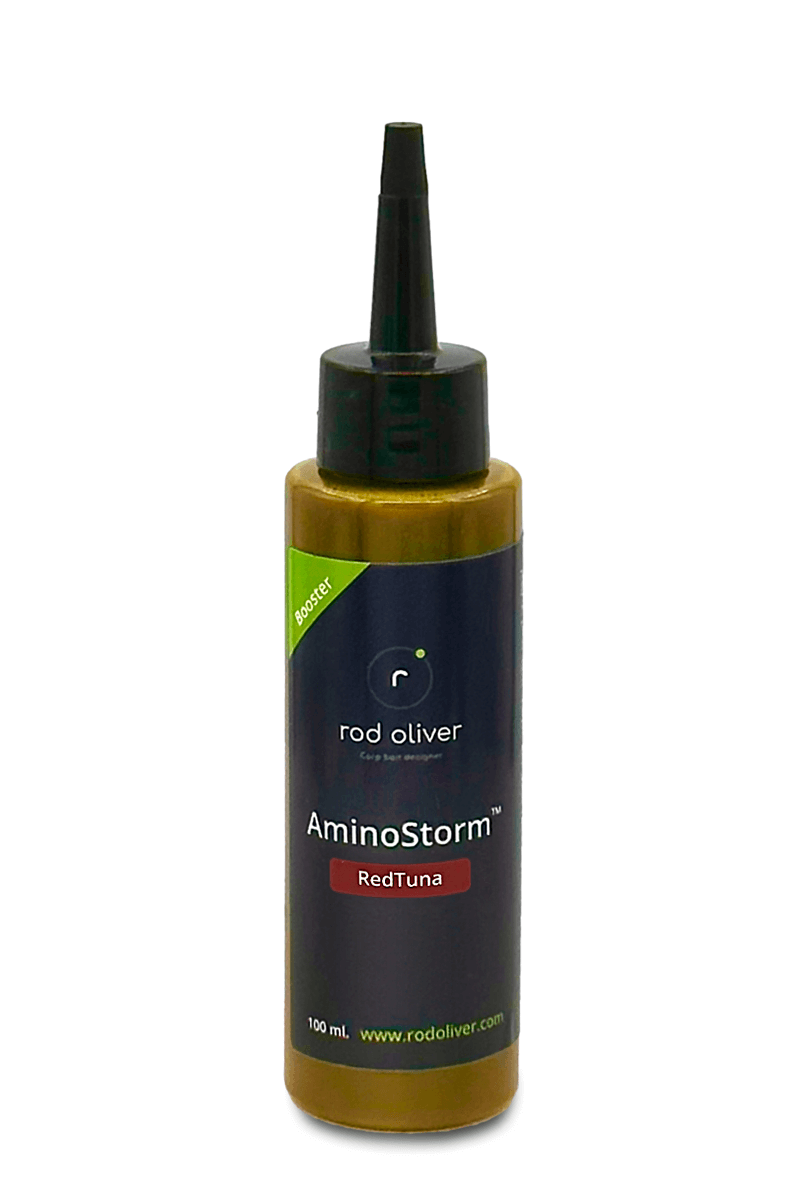Carp fishing with sticks, bags, and soluble lines
Essential in the carp angler's tackle box, PVA soluble materials have become indispensable in the way of creating bait presentations in close proximity to the lines. Whether it's sticks, bags, or soluble lines, these tools will assist you in catching more carp.
Table of content
1. Introduction
2. What is PVA?
3. Different Types of PVA for Carp Fishing
3.1 Soluble String
3.2 Soluble Bags
3.3 PVA Sticks (PVA Mesh or Sock)
3.4 PVA Bands
3.5 PVA Nuggets
4. When Should You Fish for Carp with PVA?
4.1 Quick Sessions are Ideal
4.2 Stalking Carp Fishing
4.3 Fishing in Muddy Bottoms and Algae-Infested Waters
4.4 Night Fishing
4.5 Winter Fishing
4.6 Limitations of PVA Use
5. Conclusion
1. Introduction
Carp fishing is an activity where innovation plays a crucial role, allowing carp anglers to tackle various situations. As we know, whether it's a short session or an extended one, baiting is a determining variable for success. One of the key factors in successful baiting is precision, and in this regard, PVA materials are a valuable aid. Indeed, if one wishes to place baits close to their hookbait, nothing is more effective than a PVA stick or bag. In this article, we will review the different types of PVA materials and explain how to use them effectively to help make your fishing spot more attractive.
2. What is PVA?
PVA stands for polyvinyl alcohol, which is a water-soluble polymer. It should not be confused with polyvinyl acetate, also known as PVA, which is insoluble in water! In the world of carp fishing, PVA has become a generic term that encompasses various soluble products.
3. Different Types of PVA for Carp Fishing
3.1 Soluble String
Mention PVA to carp anglers from the 1990s, and they will likely first think of soluble string. At the time, the introduction of this product was a true game-changer: a simple yet ingenious system. Soluble string comes in the form of a spool with several meters of string wound around it. PVA string spools can be found in various diameters and capacities.
Its use is very straightforward, as the carp angler simply needs to cut the desired length based on the number of baits they want to attach. Boilies are often preferred, as they work best with soluble string. After cutting the string to the required length, one only needs to use a needle (preferably a long one for ease) and slide the baits onto the string, much like threading a needle. It's important to leave a small space between each bait to ensure the string dissolves completely. Once this is done, the soluble string can be attached to the hook and/or lead. When submerged, it will dissolve in a matter of seconds in warm water and up to a minute in colder conditions, releasing its baits in close proximity to your rig.
3.2 Soluble Bags
Soluble bags appeared a bit later to address the limitations of soluble string. With string, there were limitations in terms of quantities and especially in the choice of baits. It was impossible to use seeds due to their size in many cases and, more importantly, due to their moisture content. The arrival of soluble bags multiplied the possibilities and truly established PVA as an iconic product in carp fishing.
Soluble bags come in different sizes that you can choose based on your fishing strategies and the amount of bait you want to use. The larger the bag, the more you can add, but it can become challenging to cast with. You need to be cautious because the added weight, combined with the lead, can result in an unpleasant surprise, such as a snapped rod!
The purpose of using soluble bags is similar to that of soluble string, but it brings significant improvements since you can add flours, seeds, pellets, and crushed boilies, for example. However, it's crucial not to add water or moist baits to the bag, as this can cause it to dissolve before you even cast it. Regarding seeds, they should be dried thoroughly and mixed with salt, as salt has the property of slowing down PVA dissolution. On the other hand, you can add all types of liquids and PVA-friendly boosters, meaning their composition should not be water-based.
The bag also offers better presentation in muddy and silty bottoms because the rig is protected, reducing the risk of snagging on branches or algae. Due to its larger size, it will not easily sink into soft substrates.
Soluble bags offer an additional advantage compared to string: you can insert the rig with the lead inside the bag. This not only improves the aerodynamics, allowing for longer casts, but also reduces the risk of tangles. However, it's advisable to use in-line leads and short hooklinks. You can also attach it to the hook, but this limits your casting distance. In any case, long-distance fishing with soluble bags typically requires the use of a boat or bait boat.
If you plan to fish in deeper waters, especially in the summer when PVA dissolves quickly, you may need to double-bag or add an oily substance to slow down the dissolution. This allows you to deliver the whole package intact to the bottom. However, this technique is not necessary in cold water as dissolution occurs much more slowly.
Some bags come with micro-perforations to prevent them from floating. If not, you can poke a few holes with a needle. It's also essential to remove air from the bag and compact the bait as much as possible.
3.3 PVA Sticks (PVA Mesh or Sock)
PVA sticks arrived a bit later on the market and are probably the most widely used and advanced PVA products. They come in the form of a mesh tunnel or sock. Like bags, they allow you to insert various types of baits, not just boilies as with soluble string.
Sticks are effective in all situations and have significantly improved fishing results. Once the baits are compacted inside, the presentation on the bottom of the water is optimal. One of the privileges of soluble socks is that they can compact a groundbait with large particles. This product has even revived groundbaits made from flours, which had somewhat fallen out of favor among carp anglers.
The success of sticks was so strong that it gave rise to a new generation of specially designed and highly effective groundbaits called "stick mixes." These groundbaits allow you to combine different baits, including crushed boilies, seeds, pellets, and other maggots and worms.
PVA Mesh comes in different diameters, and the carp angler can decide on the length they want to use. This product comes with a tube and a plunger that makes creating the stick easy and efficient. Simply insert the baits and groundbait into the tube and push firmly with the plunger to compact everything. You can then either attach it to the hook or pass your entire rig inside using a specially designed needle. The advantage of the first method is that it's quick to set up, but the second offers greater reliability because it allows the system to be connected to the hooklink, significantly reducing the risk of tangles. This method is also more effective for making more powerful casts. It also protects the hook from debris and algae as it descends to the bottom.
However, sticks are sensitive to water, so you need to moisten your groundbait with PVA-friendly attractants and liquids only. Adding salt to the mixture can slow down dissolution, especially if you plan to use seeds in your groundbait.
As with all PVA-based baiting, casting distance is inevitably reduced, and the weight of the line can increase significantly. Therefore, always exercise caution when casting your rigs.
3.4 PVA Bands
PVA bands are not primarily used for baiting. They are wide bands that are mainly used to secure lead clips. Sometimes, lead clips do not withstand heavy casting, especially when using heavy leads. In such cases, you can simply cut a piece of PVA band and tightly wrap it around the lead clip to reduce the risk of breakage. Once dissolved, the clip will be released and fully operational. PVA bands can also be used to seal soluble bags and avoid making bulky knots.
3.5 PVA Nuggets
These PVA products are also not used for baiting but rather to protect the hook points. PVA nuggets have the shape of large "Curly" spirals, and you can thread the hook through their entire curvature, being careful not to expose the point. When completely enveloped, the hook cannot get caught in weeds, leaves, or pieces of wood. This ensures that your rig reaches the bottom of the water cleanly. Moreover, it reduces the risk of the hook and hair getting entangled and decreases the possibility of the hook and bait sinking into muddy substrates.
4. When Should You Fish for Carp with PVA?
The answer is simply: in all situations. There is no reason to refrain from using this technique because it is always an effective way to make your fishing spot more attractive. However, it is true that bags, sticks, and other soluble products are more suitable in certain situations and have limitations in others.
4.1 Quick Sessions are Ideal
If there's one carp fishing scenario where the systematic use of PVA is particularly beneficial, it's in quick sessions. When you're fishing for only a few hours, it becomes even more important to create maximum attraction precisely around your rigs. Whether you use sticks, bags, or string, the use of these materials is a precious aid in quickly triggering bites. In lightning-fast sessions, precision in your fishing and baiting is not just important; it becomes crucial—it's the key element to successful fishing. Nothing is more precise than using PVA to create a micro-baiting right next to your hookbaits.
A few scattered boilies in the fishing area and a well-crafted stick will maximize your chances of getting a bite. When fishing for just a few hours, nothing should be left to chance.
4.2 Stalking Carp Fishing
Stalking carp fishing is a technique that is becoming increasingly popular and is the epitome of ultra-fast fishing. Here, more than the use of PVA products, it's the use of sticks that becomes the best fishing tactic. A few crushed boilies mixed with a good stick mix, all soaked in natural liquids or a booster, will turn your spot into an irresistible attraction for marauding fish. Given the extremely short fishing time, the advantage of using PVA baiting is that you can prepare it in advance. For example, making a dozen sticks ahead of time will save you time and provide a comfortable fishing experience. Less time wasted means more potentially caught carp.
4.3 Fishing in Muddy Bottoms and Algae-Infested Waters
As mentioned earlier, soluble bags, sticks, and nuggets protect your hooks from elements that could hinder your rig's effectiveness. If your fishing spot is cluttered with algae, inserting your rig into a soluble bag reduces the risk of your hook getting snagged on an obstacle. Similarly, if your spot has a thick layer of mud, a bag or stick helps with a better presentation of your bait on the bottom.
4.4 Night Fishing
If you don't have a boat or bait boat, or if boating is prohibited, night fishing can make it challenging to place your lines accurately on pre-baited spots. PVA can be a valuable aid in this situation because you can be sure that bait will be in proximity even if your cast isn't precisely on the intended spot. The reduced risk of tangles is also a significant advantage for night fishing because it's harder to judge if your rig has landed correctly on the water's surface.
4.5 Winter Fishing
Even though PVA dissolves more slowly in cold water, it is still perfectly usable, provided it is of good quality. In winter, carp are less active, feed sparingly, and for short periods. Since large-scale baiting is discouraged, the use of PVA makes perfect sense. Ideally, a small stick mix boosted with a non-oily liquid and a small boilie on the hair rig would be suitable.
4.6 Limitations of PVA Use
Since this product is effective in many situations, it's challenging to find limitations in its use. The main limitation is the difficulty of casting beyond 70 meters with a stick or bag. However, you can always add two or three boilies to a short string, which will still achieve reasonable distances.
In the case of stick mixes, if there is a high activity of small fish (e.g., roach), these techniques can quickly generate false bites and require frequent recasts.
5. Conclusion
The use of PVA materials provides carp anglers with a formidable tool for making ultra-precise bait presentations and creating an attractive zone around their rigs. The variety of products allows for adaptation to a wide range of fishing situations, ensuring that you always have tactical options at your disposal. While essential in quick sessions, PVA fishing is useful in all your fishing endeavors and will often rescue you from a blank session!
Rod Oliver
